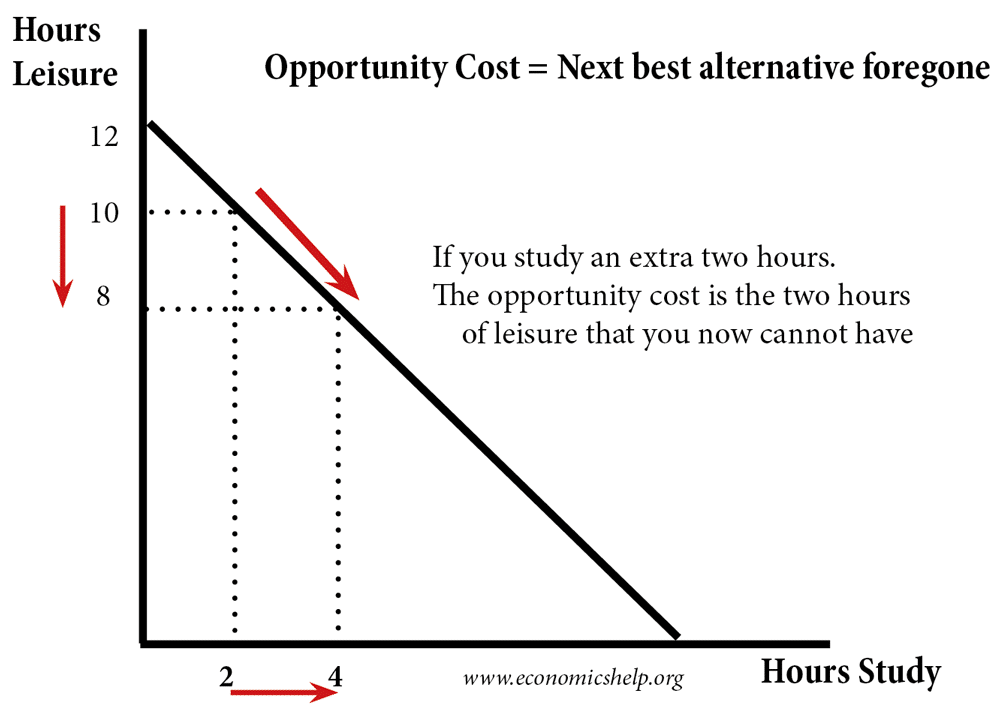
At commencement, the lessee will record a lease asset and lease liability of $387,793. In accounting, the interest expense formula is used to calculate the amount of money that will be owed in interest on a loan. Depending on the type of loan, the interest expense may be simple or compound. Simple interest is calculated based on the principal, the interest rate, and the length of time.

Establish the outstanding amount on the debt that was originally borrowed (principal amount) during the specified measurement period. The amount of interest expense that your company will be liable for is dependent on the overall interest rate level in the economy. Your company will need to pay higher interest expenses when there is high inflation. On the other hand, your company will pay lower interest expenses if there is low inflation. In most cases, the lessee will not be privy to all of the information required to accurately calculate the rate implicit in a lease. Instead, the lessee will need to use one of the alternative rates offered by the appropriate guidance, which generally will be the incremental borrowing rate.
Get instant access to video lessons taught by experienced investment bankers. Learn financial statement modeling, DCF, M&A, LBO, Comps and Excel shortcuts. How to calculate interest expense The ending balance for 2022 is equal to $20 million less the $400k mandatory repayment, resulting in an ending balance of $19.6 million.
How to Calculate the YTD Average of a Business’s Checking Account Balance
The amount of interest expense for the first month of the lease is $1,616 ($387,793 x 5% x 1/12) and the entry to accrue is below. An important distinction to make here relates to a common financial reporting metric used when investors are looking at companies EBITDA, or Earnings before Interest, Taxes, Depreciation, and Amortization. Finance lease interest expense and depreciation expense under ASC 842 are not considered operating expenses, and thus will not be included as deductions to calculate EBITDA. Whereas lease expense, which is the combined interest and amortization expense of an operating lease under ASC 842, is considered an operating expense and would be included as a deduction to calculate EBITDA.
Is DCC (LON:DCC) Using Too Much Debt? – Simply Wall St
Is DCC (LON:DCC) Using Too Much Debt?.
Posted: Fri, 18 Aug 2023 12:36:13 GMT [source]
The amount you pay in interest enables you to make strategic decisions in relation to different aspects of your company, for example, labor costs. Mr. Albertson plans to place his money in a certificate of deposit that matures in three months. He wants to calculate how much interest he will earn in those three months. The above example demonstrates that compound interest is also concerned with the accumulated interest of former periods.
Inflation Rate
But it should be remembered that rising debt generally costs slightly lower than that equity (debt enjoys the extra cushion of a tax shield). While examining this ratio, the competitors’ or peers’ lending costs should be considered as well. If a company’s interest expense to debt ratio is considerably larger than that of the others, it is important to investigate to find out the reasons. Perhaps it’s because of an acquisition undertaken by the company or a big recent loan with a high-interest rate. Simple interest loans are paid back in fixed installments, where each installment consists of both interest and principal. The principal portion of each installment does not change, meaning that the total amount of interest paid over the life of the loan remains the same.

But to prevent a model from showing errors due to the endless loop of calculations, a circularity switch is necessary, as we’ll show later on in our tutorial. Or, as an alternative solution, the beginning debt balance can also be used to avoid the circularity issue altogether. So, Roberta will pay more under the compound interest expense formula, since she will owe the bank $19,747. Since she has already signed loan paperwork, the company sales desk agrees to sell her the machine for $17,000, including all taxes and fees.
This Compound Interest Calculator can help determine the compound interest accumulation and final balances on both fixed principal amounts and additional periodic contributions. There are also optional factors available for consideration, such as the tax on interest income and inflation. The interest coverage ratio (ICR) is the ratio of a business’s operating income, or EBIT (earnings before interest and taxes), relative to its loan expenses. A lower interest expense to debt ratio is often a positive sign that shows the business’s capacity to earn an income at lower interest costs.
How to calculate interest expense
The loan’s purpose is also critical in determining the tax-deductibility of interest expense. For example, if a loan is used for bona fide investment purposes, most jurisdictions would allow the interest expense for this loan to be deducted from taxes. Moreover, the desirability of any particular level of this ratio is in the eye of the beholder to an extent. Some banks or potential bond buyers may be comfortable with a less desirable ratio in exchange for charging the company a higher interest rate on their debt.
- The interest coverage ratio measures a company’s ability to handle its outstanding debt.
- Find out how we can help you efficiently schedule your hourly staff to avoid issues of overstaffing and understaffing by clicking the button below.
- The company prepares its financial statements for the first quarter of the year and wants to determine how much interest paid on loans is.
- There are also optional factors available for consideration, such as the tax on interest income and inflation.
- Periodic payments that occur at the end have one less interest period total per contribution.
LIBOR is a commercial rate calculated from prevailing interest rates between highly credit-worthy institutions. A negative net interest means that the company paid more on interest for borrowing money than they received for lending money. On the income statement, expense and income can be listed separately or combined as net interest, positive or negative.
Because interest payments are a reduction to your business’s net income, this makes it tax-deductible. The interest expense deduction is something to keep in mind as a strategic way to reduce your tax burden if you need to finance assets for your business. Be sure to consult with a financial advisor to find the most advantageous rate and repayment schedule. Your lender charges you a specific interest rate that is stated in your loan document.
The Accounting Gap Between Large and Small Companies
For example, a company with $100 million in debt at 8% interest has $8 million in annual interest expense. If annual EBIT is $80 million, then its interest coverage ratio is 10, which shows that the company can comfortably meet its obligations to pay interest. The amount of interest expense for companies that have debt depends on the broad level of interest rates in the economy.
- EBIT attempts to measure exactly how much a company earns from its core business operations.
- The CEO is worried about the business’s financial health and would like to look specifically into the firm’s cost to borrow.
- Instead, the lessee will need to use one of the alternative rates offered by the appropriate guidance, which generally will be the incremental borrowing rate.
- Staying above water with interest payments is a critical and ongoing concern for any company.
- Adam Hayes, Ph.D., CFA, is a financial writer with 15+ years Wall Street experience as a derivatives trader.
It comes down to available cash flow, usually on a month-to-month basis (the usual structure of salary payments). Lending institutions charge interest rates according to the assessed risk of granting the loan. The more debt a company has, the less likely it will be to repay all of its liabilities on time. If the interest rate is high and the loan amount is small, then simple interest is the better option. This is because with a small loan amount, the interest payments will be large in comparison to the loan amount itself, so it makes more sense to just calculate the interest on a per-period basis.
Accumulation Schedule
When you have calculated the interest expense, it should be listed as an accrued liability. This record needs to be a debit to interest expense, which is the expense account and a credit to accrued liabilities, which is the liability account. When your company receives an invoice for the interest expense, the credit should be moved to another liability account, which is the accounts payable section. After your company has paid the interest, the accounts payable section is debited and the cash account is credited to demonstrate that funds have been spent.
A higher ratio indicates that a company has a better capacity to cover its interest expense. The ratio is calculated by dividing EBIT (or some variation thereof) by interest on debt expenses (the cost of borrowed funding) during a given period, usually annually. Now, let’s consider a full example of a finance lease to illustrate interest expense. Benjam, Inc. leases equipment for annual payments of $60,000 over an eight year term. After the eight year lease term, the equipment is expected to be worth $0, at which time ownership will transfer to Benjam, Inc, satisfying the one of the ASC 842 finance lease classification criteria. Fortunately, the method used to calculate lease interest expense is the same for any type of interest expense and is consistent under all three lease accounting reporting frameworks – FASB, GASB, and IFRS.
How to Calculate Capitalized Interest on Assets
Not for exact calculations as given by financial calculators, but to get ideas for ballpark figures. It states that in order to find the number of years (n) required to double a certain amount of money with any interest rate, simply divide 72 by that same rate. There is little difference during the beginning between all frequencies, but over time they slowly start to diverge. This is the power of compound interest everyone likes to talk about, illustrated in a concise graph. The continuous compound will always have the highest return due to its use of the mathematical limit of the frequency of compounding that can occur within a specified time period.
An interest coverage ratio below 1 indicates that the company is struggling financially and cannot meet its debt obligations. This is because its operating income might not be adequate to cover such expenses. Companies’ management needs to reduce operating expenses as much as possible but without affecting routine operations and the company’s competitiveness. Most corporations use loans to fund their daily business activities, but interest payments on such loans are not considered a core activity of the corporation. As with other financial ratios, it’s important to understand any factors involved in the interest expense to debt ratio.
Common examples of finance leases include leases for equipment and vehicles. When recording an interest expense journal entry, the interest expense account is debited and the cash account or the interest payable account is credited. This represents money coming out of the cash or interest payable account and going into the interest expense account. If you have already recorded the interest payment as a liability, then it may show up on the balance sheet as interest payable. Generally, a ratio below 1.5 indicates that a company may not have enough capital to pay interest on its debts. However, interest coverage ratios vary greatly across industries; therefore, it is best to compare ratios of companies within the same industry and with a similar business structure.